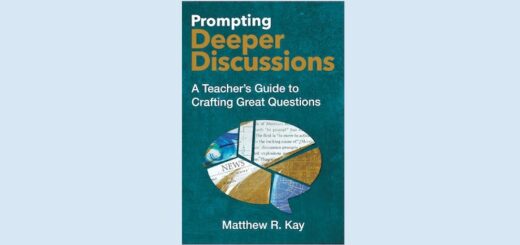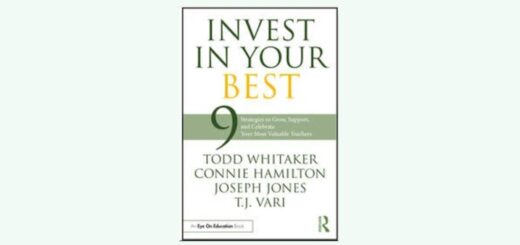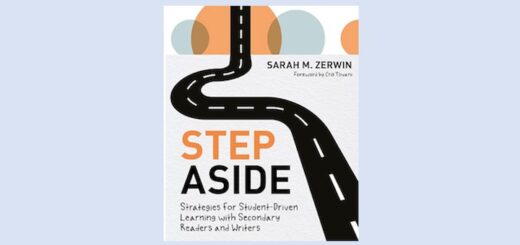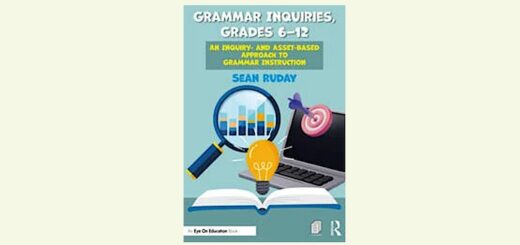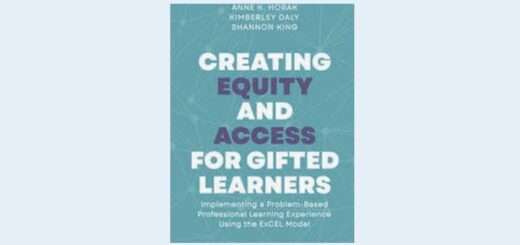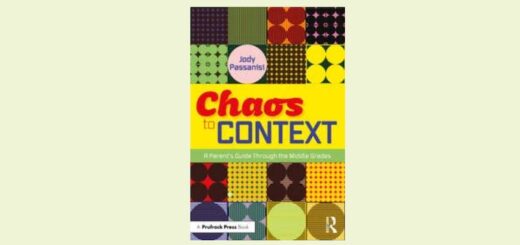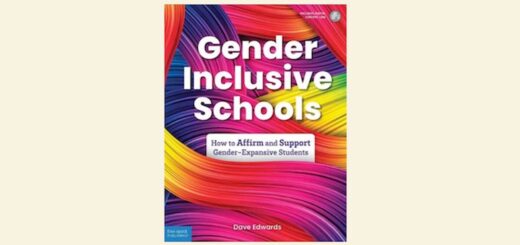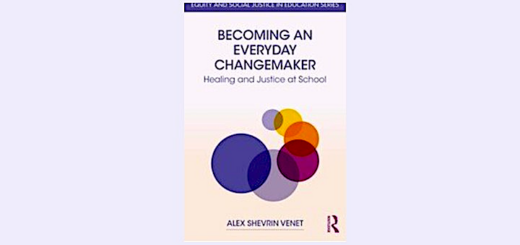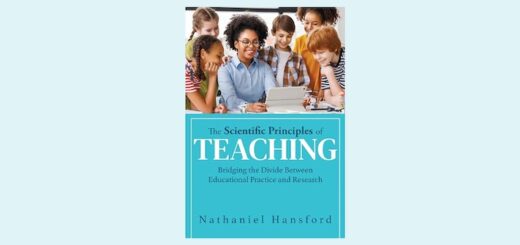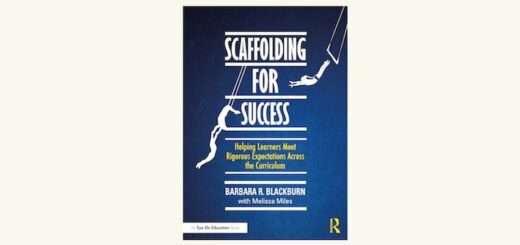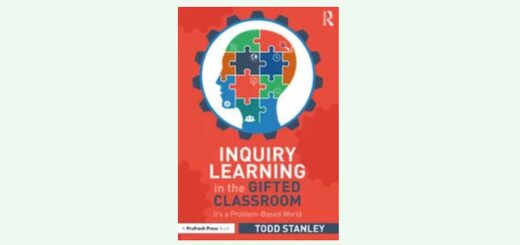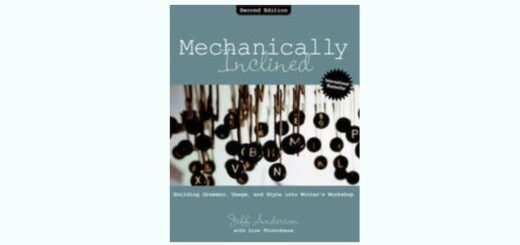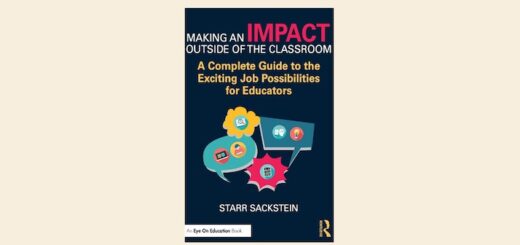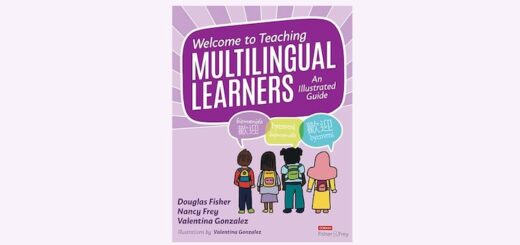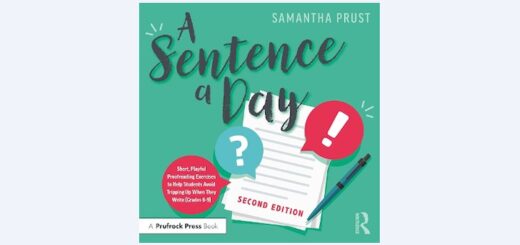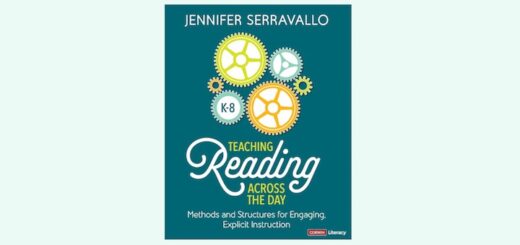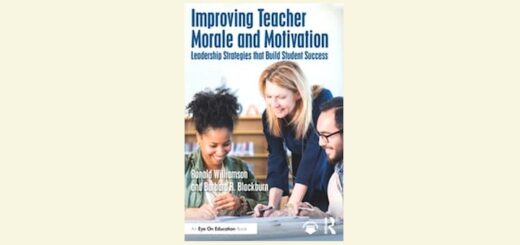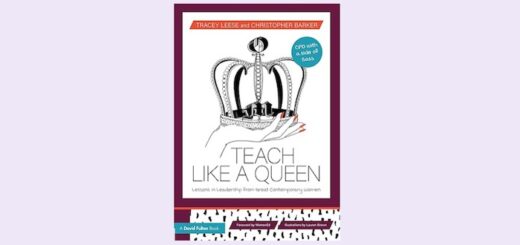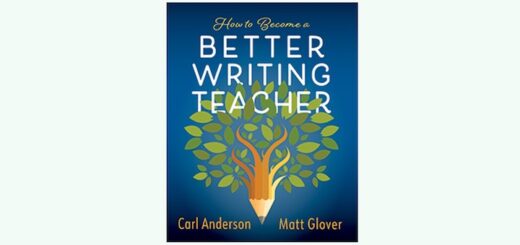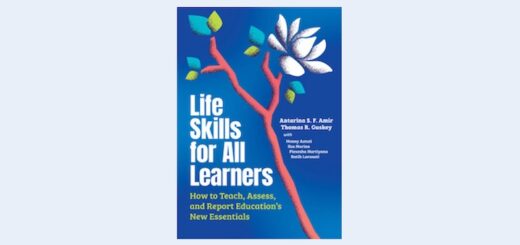A Collaborative Math Classroom that Works
The Collaborative Math Classroom: Launching a Student-Centered Mathematical Community
By Jen Munson, Jennifer M. Osuna, Faith Kwon and Mary Trinkle
(Heinemann, 2023 – Learn more)
Review by Elisa Waingort-Jiménez

But if I’d had access to this book, it would have helped me reconstruct my sense of myself as a math teacher, namely my intuition based on professional experience and knowledge. Both of which suffered greatly over the last few years due to external mandates that increased teacher paperwork, including a misguided provincial testing regime.
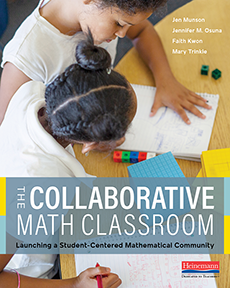
Instead, I struggled my way through the 2023 – 2024 school year, feeling that I’d failed myself and my students. If you are a teacher reading this review, particularly if you are an early career teacher, I caution you not to lose sight of your purpose – your personal why – as I did for a time.
If necessary, write up your personal why and put it somewhere visible in your classroom for those days when you’re wondering what the heck made you pursue teaching as a career. Your students will thank you, and you will present as your authentic self.
Structuring a collaborative classroom
The authors of The Collaborative Math Classroom describe how teachers can create a classroom where students collaborate with their peers to extend and support their mathematical understandings. In this collaborative math classroom, the teacher’s role is to observe, guide, encourage and teach what students need to move forward as math collaborators and mathematicians. The teacher is there to champion all students by highlighting their brilliance, however it may show up.
Using the lesson structure – launch-explore-reflect – children are presented with authentic problems and given ample time to explore strategies and solutions by collaborating with their peers. The teacher’s job is to lean into these conversations and to probe student thinking, to revoice their explanations as appropriate, and to prod students’ mathematical understandings. Later, the teacher will facilitate a whole class discussion where individuals or groups of students share the strategies they used to solve a problem or how they worked out an issue that arose while they were collaborating.
This book is divided into eight sections. The first section, A Vision of Teaching and Learning Mathematics (p. 1-12), briefly describes the seven principles of a collaborative classroom. They include building trust; insuring safety; elevating student voice; focusing on mathematical reasoning and sensemaking around important mathematical ideas; providing math tasks that invite and value a diversity of voices, conceptions, and strategies; and intentionally organizing the physical environment to support students to work with each other and mathematics.
An important tenet of this approach is that students must be trusted to build mathematical understandings with each other and their teacher. The teacher is not the giver of knowledge. They do not ask their students to mimic mathematical procedures. In fact, the focus is not on procedures at all, but on developing strategies, connections and conceptual understanding.
In order to do this important work, teachers must trust their students and refrain from giving in to dependent behavior where students rely on teacher approval and answers. A collaborative classroom, therefore, is inclusive because it allows all children to interact with their peers and their teacher in order to construct a deeper understanding of mathematics than they had previously.
Maintaining a collaborative classroom
The authors recognize that building a collaborative classroom is not a walk in the park. Therefore, they devote three chapters to the messy work of maintaining a collaborative classroom all year long, including learning to share authority with students and helping others (other teachers, administrators and their students’ families) to recognize the importance of students’ mathematical authority.
Peppered throughout the book are the voices of the co-authors, Faith Kwon and Mary Trinkle, who are lower elementary and upper elementary teachers, respectively. Faith and Mary describe how they build collaborative math classrooms and how they support their students to collaborate with their peers as they build their self-confidence and a positive mathematical identity.
A valuable feature of this book are the research notes found at strategic points in each chapter. These notes review the scholarly literature that supports the authors’ structures and routines for a collaborative math classroom. For example, on p. 78 there is a research note titled, The Relationship Among Students’ Authority, Mathematical Learning, and Identity.
The Collaborative Math Classroom – Launching a Student-Centered Mathematical Community will sit in a prominent place in my office. It will serve as a reminder of the myriad strategies and tools I can use to build a collaborative math structure in the work I will be doing with students and teachers this year as a resource teacher in my current school.
Finally, I strongly recommend this book as a must-read for all teachers, coaches, interventionists and anyone interested in creating spaces for authentic math learning experiences for students of all ages and grade levels.
Elisa Waingort-Jiménez has been teaching in bilingual settings for more than 30 years in public and international schools in North and South America and has long been active in leadership roles in the National Council of Teachers of English (NCTE). Now living in Calgary, Alberta, Canada, she currently holds an interventionist/support teacher position with the Calgary Board of Education. Elisa blogs at A Teacher Musing Out Loud. Read her MiddleWeb reviews and articles here.










